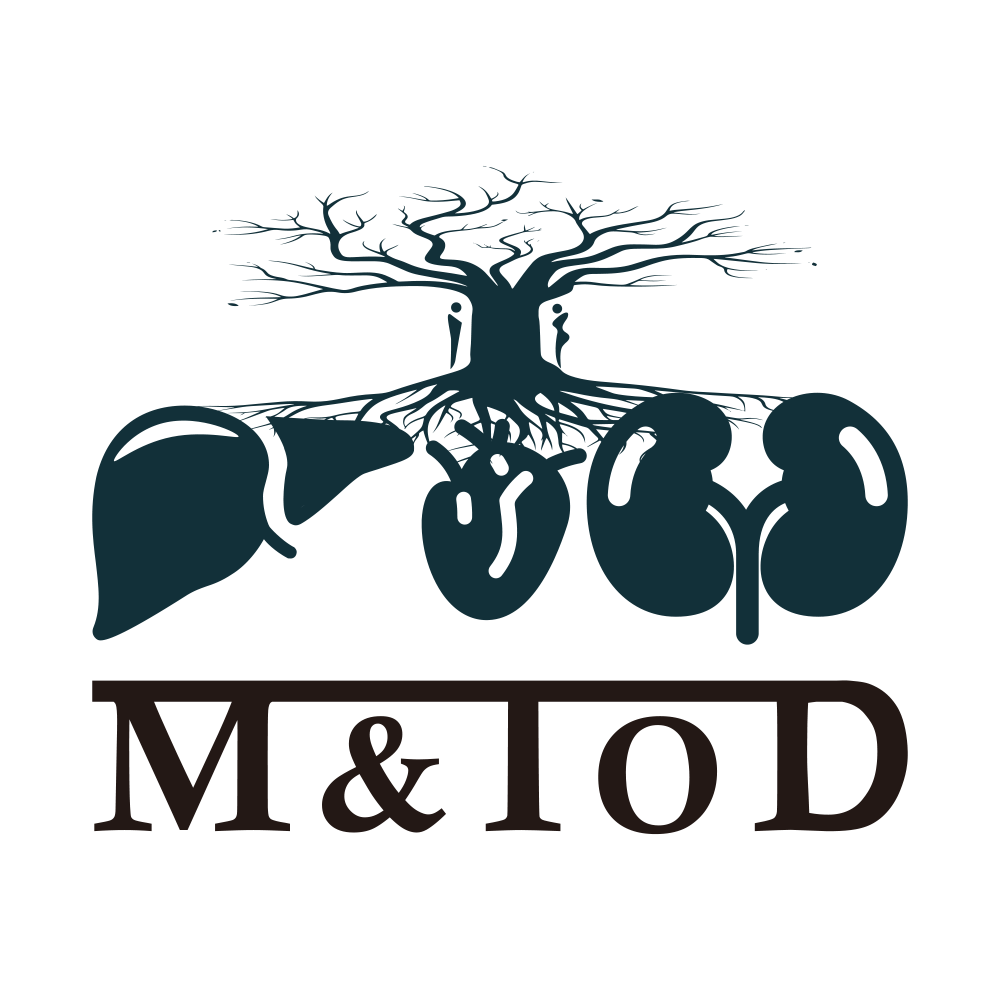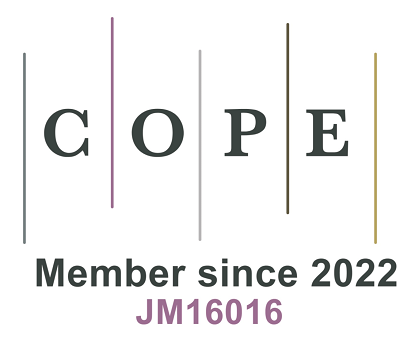Intestinal TM6SF2 and the gut–liver axis in MASLD: new insights
Abstract
Metabolic dysfunction–associated steatotic liver disease (MASLD) and metabolic dysfunction–associated steatohepatitis (MASH) involve a complex interplay of genetics, metabolism, and the gut–liver axis. In a new study, Zhang et al. assess a previously unrecognized role of the intestinal epithelium in protecting against MASH by focusing on Transmembrane 6 Superfamily Member 2 (TM6SF2), a gene highly expressed in both liver and intestine, whose common loss-of-function variant (E167K) is a well-established genetic risk factor for MASLD/MASH in humans. Herein, we provide an overview of Zhang et al.’s study and highlight the clinical significance of these new findings by focusing on two specific areas: the gut–liver axis in MASLD and the modification of the intestinal microbiota.
Keywords
TM6SF2, E167K, microbiome, gut liver axis, LPA pathway
Cite This Article
Kalligeros M, Henry L, Younossi ZM. Intestinal TM6SF2 and the gut–liver axis in MASLD: new insights. Metab Target Organ Damage 2025;5:[Accept]. http://dx.doi.org/10.20517/mtod.2025.37
Copyright
 Cite This Article 0 clicks
Cite This Article 0 clicks












